Latin name: Heliotropium
Category: shrubs, semi-shrubs, perennial herbs
Origin: North and South America and the Mediterranean
Heliotrope child of the sun
Heliotrope has become famous and popular as a garden plant since the 18th century, with a charming vanilla aroma. The flower has acquired many popular names. Growing in England, the heliotrope is called "cherry pie", in Germany the name of the flower "grass of God" has taken root, and in France - "grass of love".
The heliotrope flower in Greek means the turning of the sun, due to the fact that it turns to follow the position of the sun.
Heliotrope is widely used in perfumery, and is also used in folk medicine.
A beautifully flowering plant is ideally used for decorating the interior of apartments. It also serves as a charming addition and assistant, ennobling flower beds and garden plots, embellishing the design.
Growing in natural conditions, the plant can reach human growth. Growing grass of love on a personal plot, it grows with a maximum height of 60 cm. The necessary environment for the development of a plant is the abundance of sun and heat.
Heliotrope in natural conditions of nature is a perennial shrub.
In areas with a temperate climate, the heliotrope grows, created from hybrid species.
Due to the cold winters in our area, the plant grows as an annual in the backyard. Flowers of indoor varieties grow well, being at home for many years.
The leaves of the plant are oval, egg-shaped, wavy surface with pubescence, green. The flowers are small blue or purple connected in an inflorescence.
The twigs of the plant have harmful substances, due to which the nervous system of people suffers, therefore, when caring for it, be sure to wear gloves.
It is very important to place the heliotrope out of the reach of animals and children.
Botanists have invented many varieties of plants with different flowering periods. It is possible to choose bushes that begin flowering in summer and end with the beginning of frost.
God's Grass does not require complex care when growing, but is recognized as average in courtship. This is because growing a plant from small seeds is of medium difficulty in order to achieve the result of development and flowering.
It is necessary to prepare the composition of the soil before planting the seed. Great for: garden soil, sand, peat. You can buy soil for flowers. Steam or freeze in the cold. We neutralize and disinfect the soil with this method. Pour into a pot and water with water.
We sow the seed, and then sprinkle with earth 2 mm. Next, cover the flowerpot with glass or film, and put in a warm place 18-20℃.
Periodically air, spray. The seed will begin to germinate within one to three weeks. When shoots appear, open the flowerpot and put it in a bright place. When two leaves appear, transplant into flowerpots.
After two weeks, we feed the seedlings with fertilizers. When the sprouts rise to 10 cm, we pinch them, the branching and flowering of the plant will improve.
In May, when frosts are no longer terrible, we transplant plants into open ground, carefully without damaging the roots, plant them with a clod of soil.
We plant seedlings at a distance of 25-30 cm from one another. It is desirable to put leaf or manure humus in the ground. We plant in places where there is enough sun, but hidden from direct sunlight.
Under room conditions, we put the plant on the windowsills in the east and west. In summer, an acceptable temperature for a good heliotrope condition is 23℃, and in winter, 16℃ is considered comfortable.
Spray the plant with unforgettable water, due to the dryness of the air in the apartment. Flowers need abundant watering, not allowing water to stagnate in the soil, otherwise the root will rot. The indoor flower needs regular moistening of the earth, because due to insufficient watering, the leaves will fall off.
Do not forget to fertilize twice, without fail, within a month.
Types of heliotrope
Heliotrope European (Heliotropium europaeum)
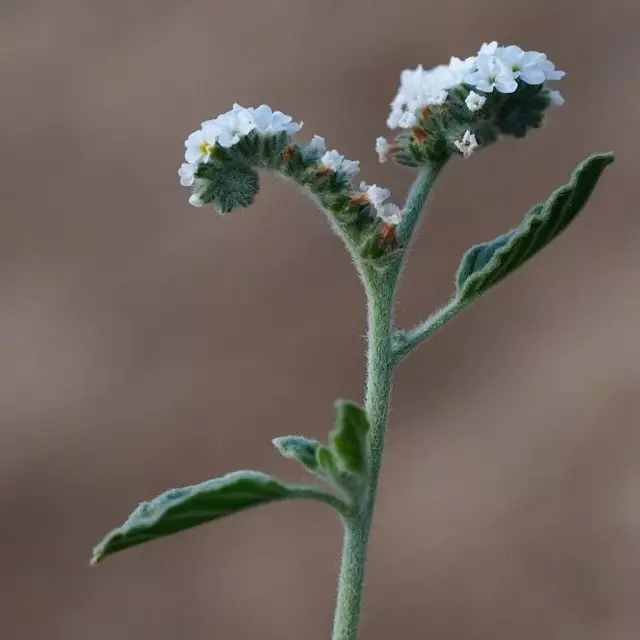 A perennial shrub growing up to 55 cm high. It has many branched shoots, giving the flower a profusion. The leaves on the bush grow oval in shape with a sharp tip, dark green. It blooms from May until autumn with white flowers.
A perennial shrub growing up to 55 cm high. It has many branched shoots, giving the flower a profusion. The leaves on the bush grow oval in shape with a sharp tip, dark green. It blooms from May until autumn with white flowers.
Heliotrope Thyroid (Heliotropium corymbosum)
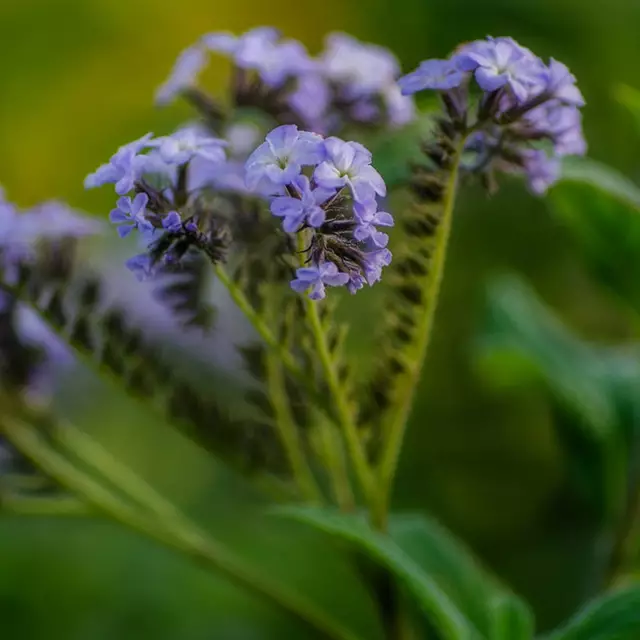 Tall bush, grows up to 130 cm. Oval-shaped leaves, with a sharp end, bright green. It blooms in early summer and until the first minus temperatures, blue and blue flowers.
Tall bush, grows up to 130 cm. Oval-shaped leaves, with a sharp end, bright green. It blooms in early summer and until the first minus temperatures, blue and blue flowers.
Peruvian heliotrope (Heliotropium arborescens)
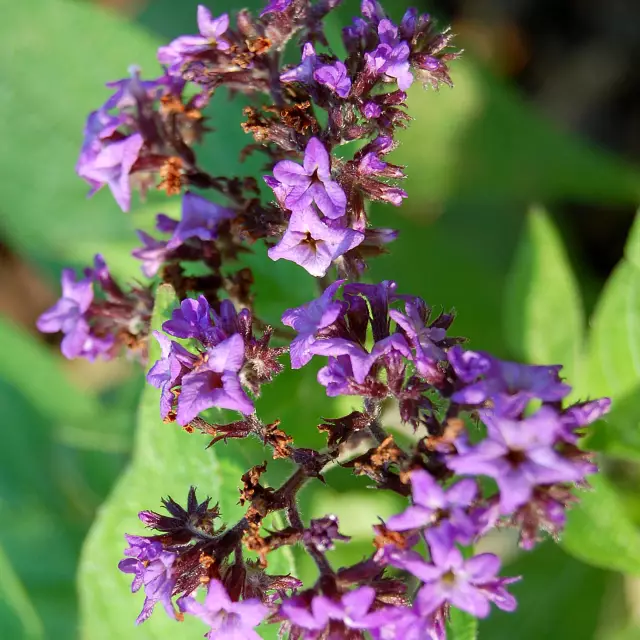 The bush grows up to 60 cm. The leaves are oval, green. Shoots are straight, rigid and branching. Purple flowers.
The bush grows up to 60 cm. The leaves are oval, green. Shoots are straight, rigid and branching. Purple flowers.
Heliotrope oval has branched shoots with small leaves. It begins to bloom in spring and blooms in autumn, with white and purple flowers.
Heliotrope Kurasovsky or sprawling - small in height up to 60 cm, and large width up to 1.2 meters. It blooms with white tubular flowers with a blue tint.
Heliotrope care
When growing a flower, proper care must be applied without fail.
Watering
It is necessary to water regularly, in a drought the plant requires more moisture. We water with such intensity as to prevent the land from drying out, for adult plants, and young ones more often. Loosening the soil after watering is a must.
It is possible to reduce the periods of watering and loosening by applying mulching, sprinkle sawdust, grass, straw near the plant.
Top dressing and flowering
For a beautiful and long flowering, we feed with fertilizers once in three weeks.
Inflorescences that have faded should be cut off, the flower wakes up to grow strong and healthy, while maintaining beauty and decorativeness.
For lush flowering - pinch the stems.
Reproduction and growing temperature
The best way to propagate heliotrope is cuttings.
We choose a strong, beautifully blooming flower from the backyard and plant it in a flowerpot, leave it at home. In winter, we observe the temperature regime within 15-18℃. We maintain ten-hour lighting throughout the day, for a tropical plant this is a prerequisite for care.
Peruvian heliotrope grows indoors.
By maintaining this temperature, the stems will gain strength and beauty.
In order to preserve the decorative effect, the heliotrope is transferred every year to a new soil and pick up a larger pot for the previous one.
The flower withstands the formation of appearance well. To create a beautiful and original look, you should start with young seedlings, in the formation of a crown.
Observing simple care, the plant will retain flowering to sub-zero temperatures.
Pests and diseases of hyleotrope
Flower pests can cause a lot of trouble. Pests consist of aphids, spider mites, whiteflies. To get rid of them, the insecticide "Aktellik", "Fufanon" is used, the plant can be treated twice with a break of seven days.
A plant that has lost strength due to non-compliance with proper care will be seriously affected due to gray rot or rust. Fungicides are used to help the plant.
Heliotrope can become infected with a fungal disease. It is also possible to save the plant by applying fungicides.
Difficult Growing Moments
- The appearance of spots on the leaves - the plant is infected with gray rot. Occurs at low temperature, low light and high humidity.
- Falling leaves - the missing amount of moisture.
- The leaves below take the form of yellowness - excess moisture, the root rots.
- The leaves dry and curl - dry air.
- Leaves brighten - high temperature or lack of lighting.
Observing simple care, grow a heliotrope in strength and a novice florist.
A flower looks great in a pot to decorate a balcony and in personal plots. It looks charming in the form of a tree, with an abundance of small variegated flowers.




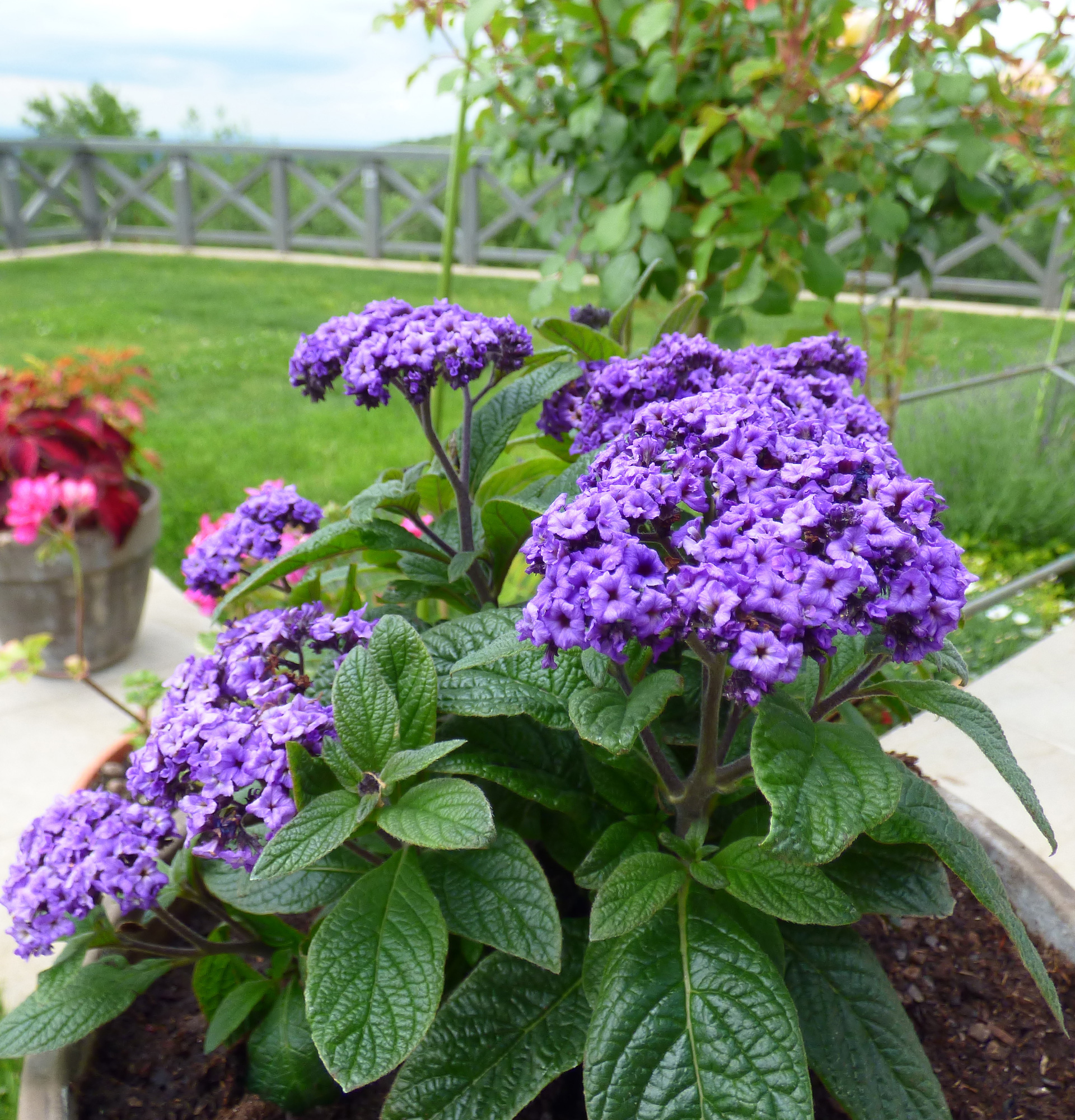










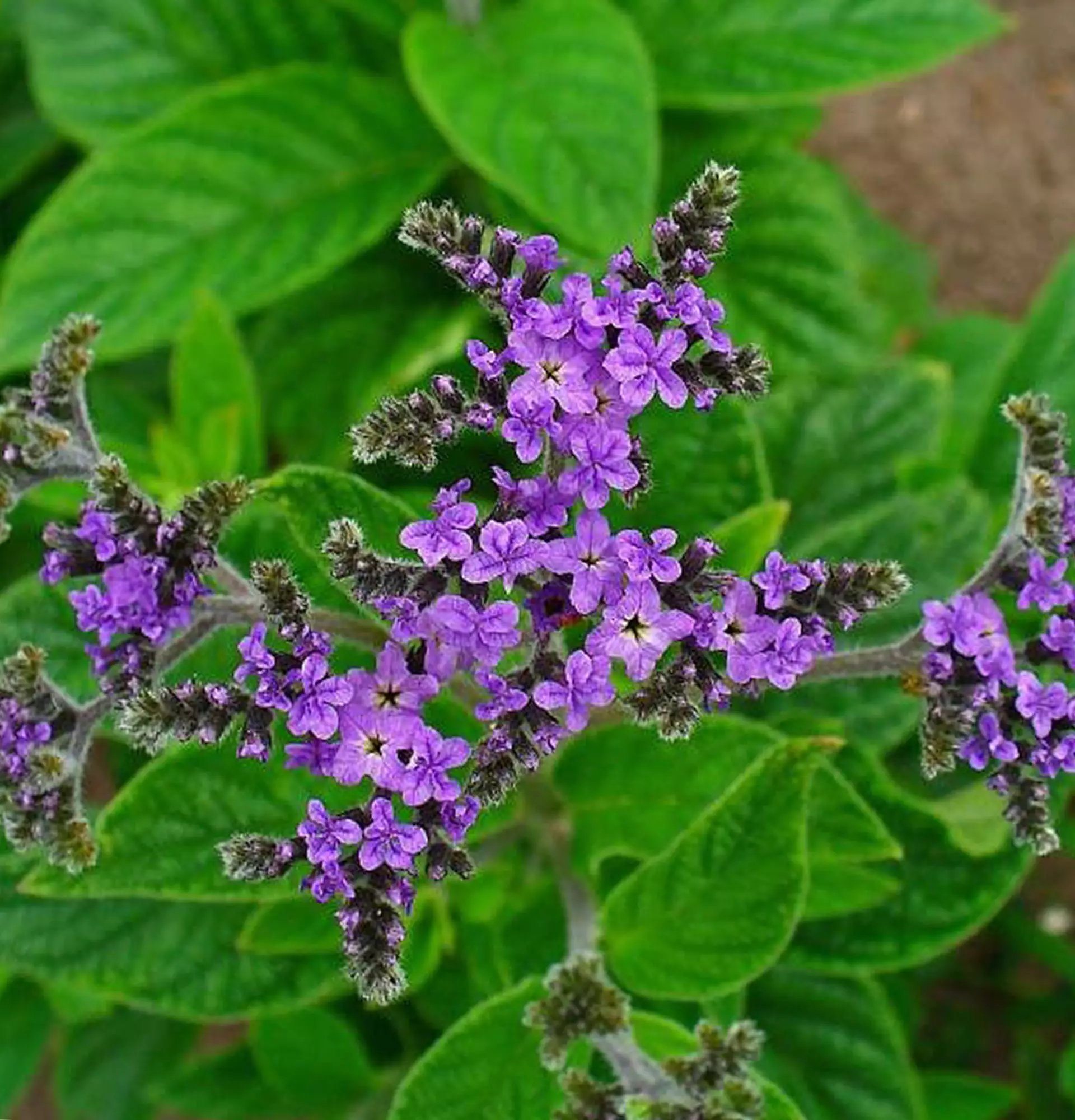
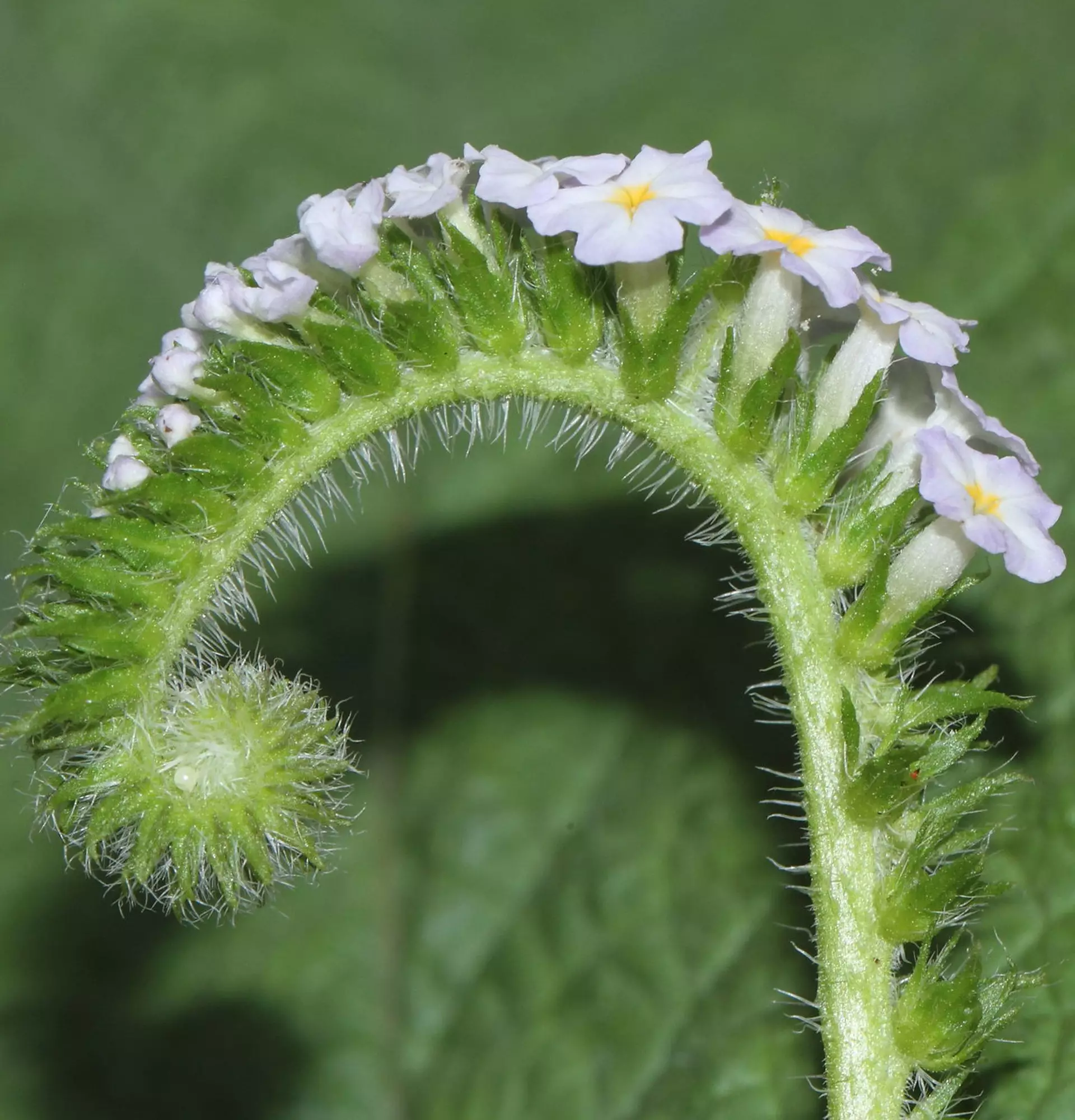
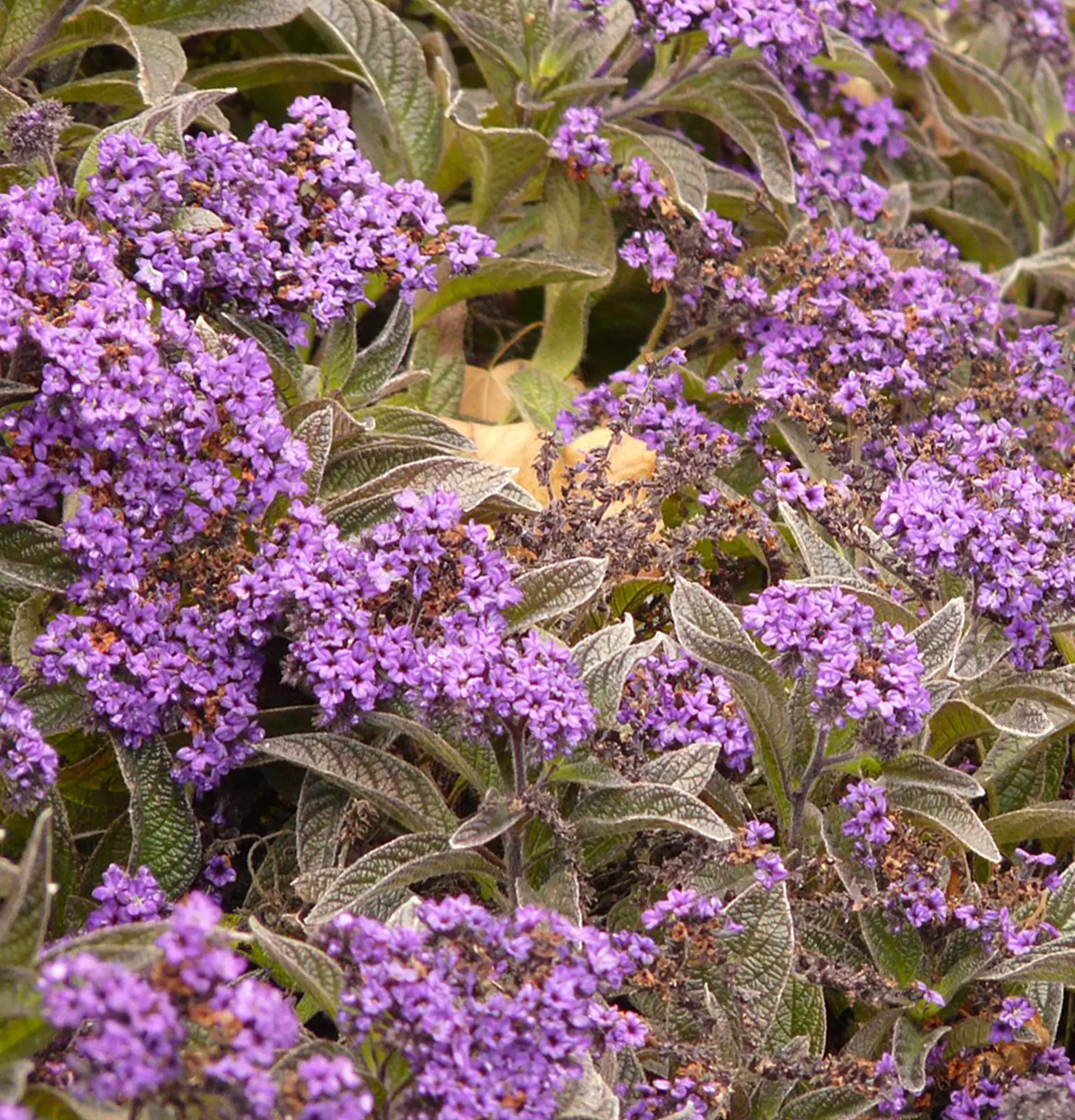

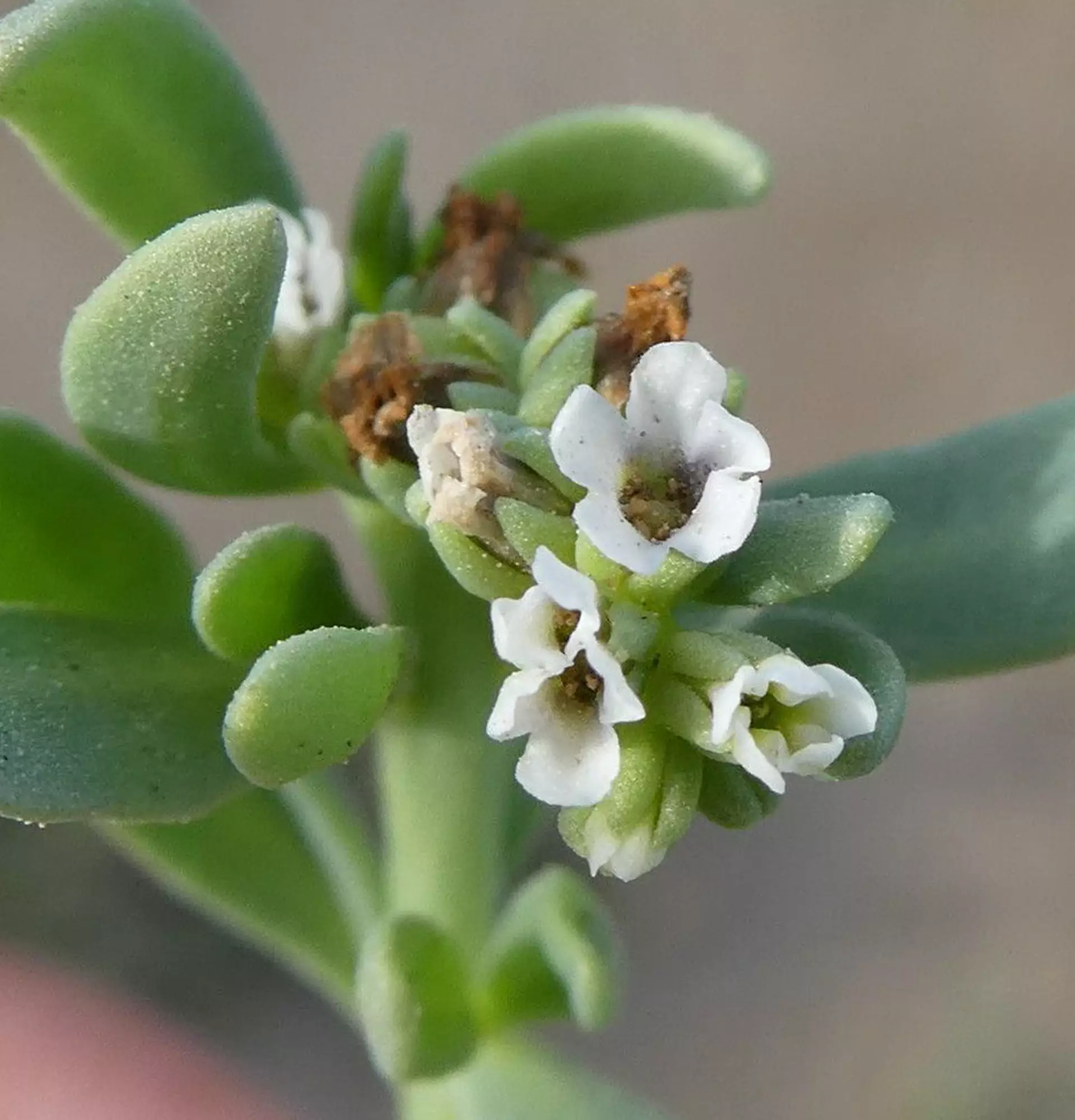
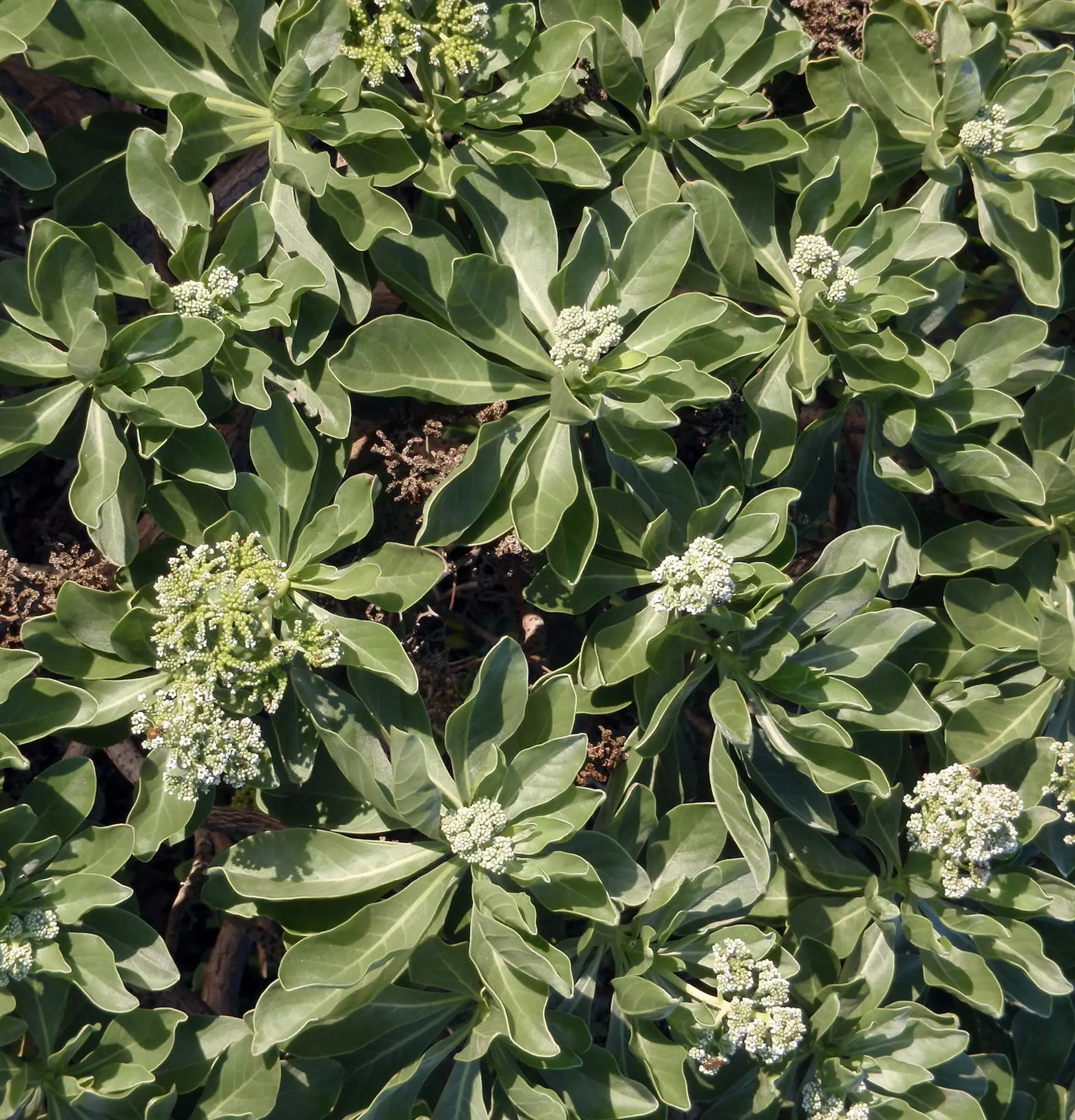
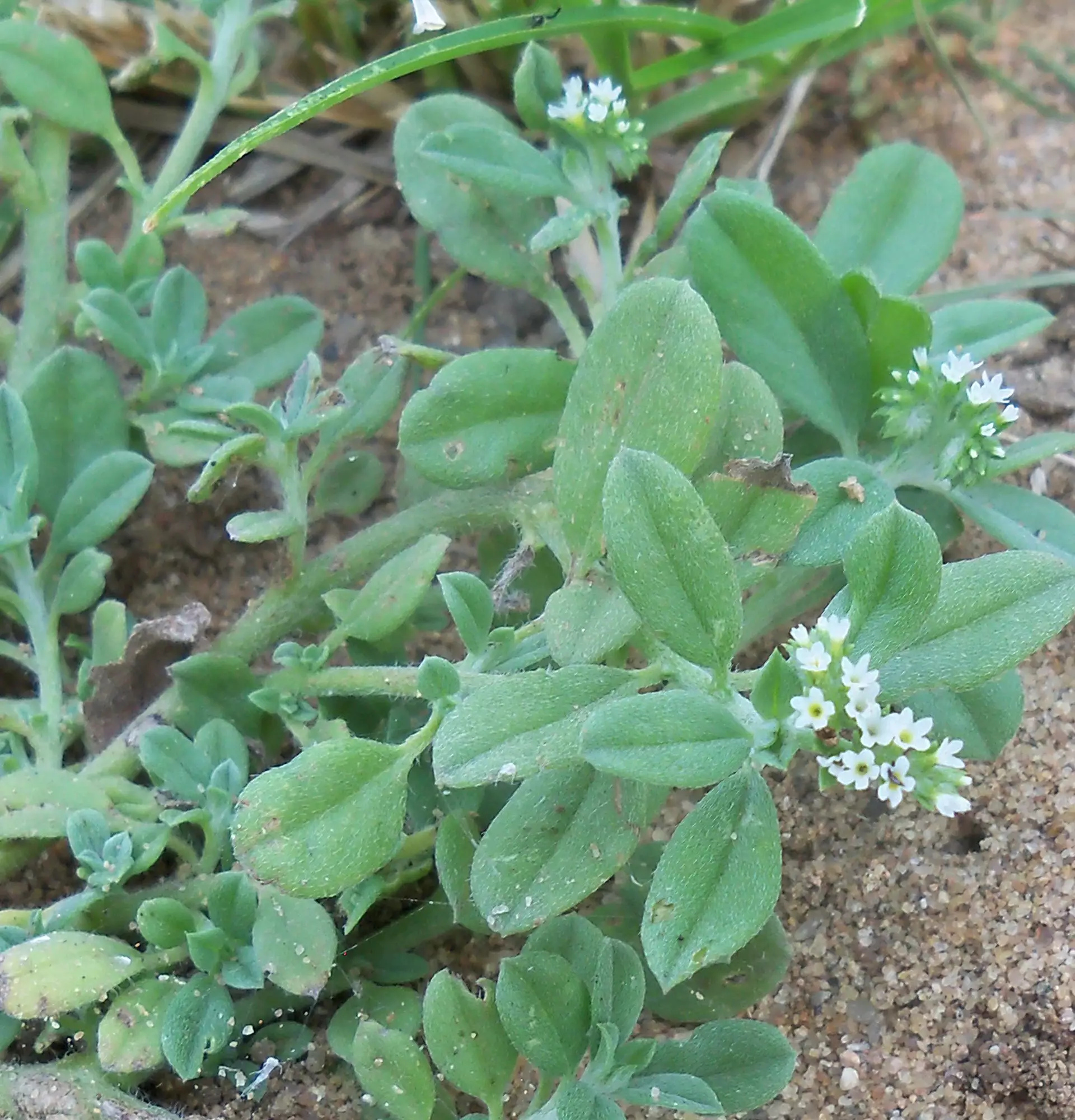
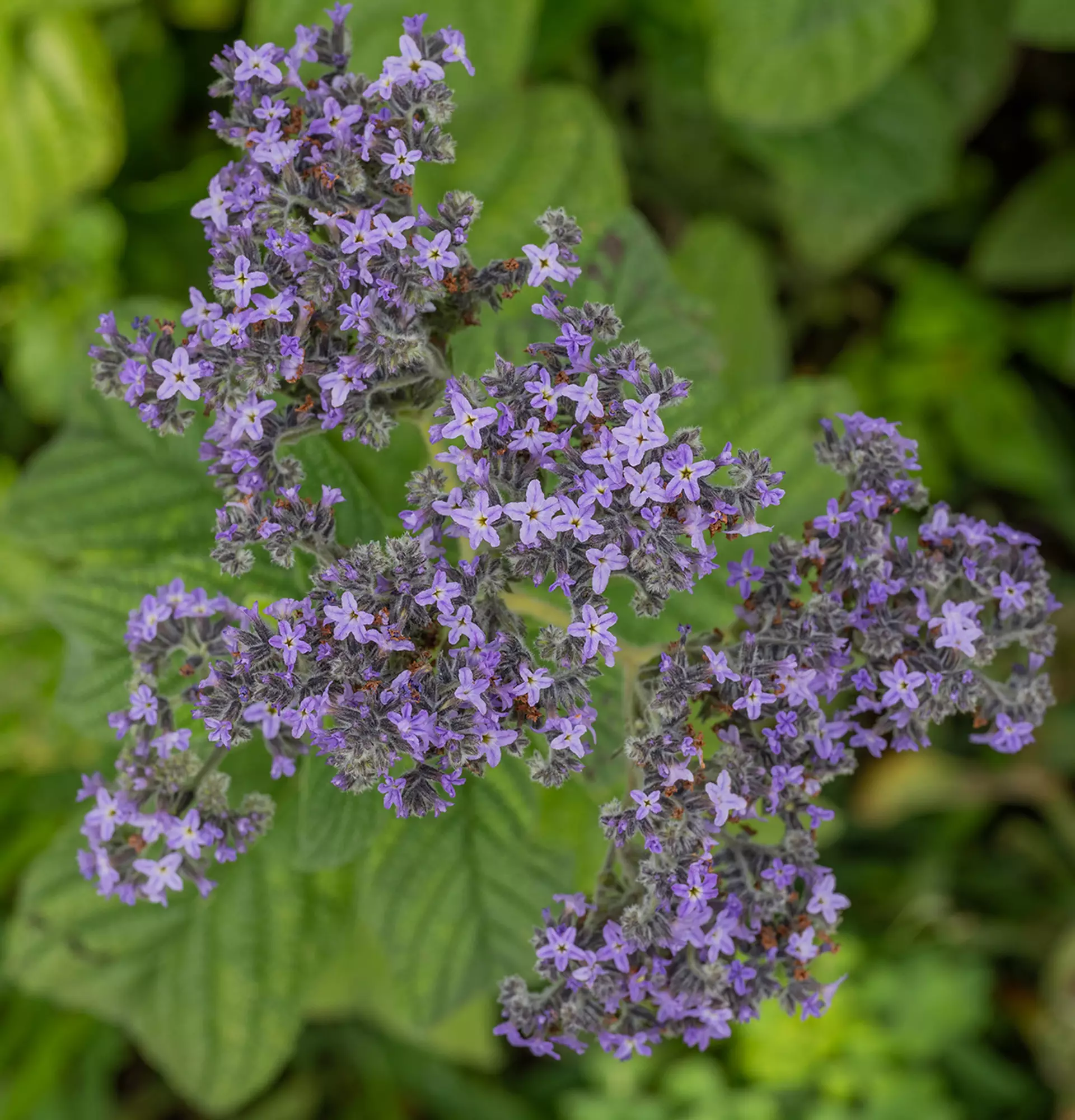
Write comments
Comments